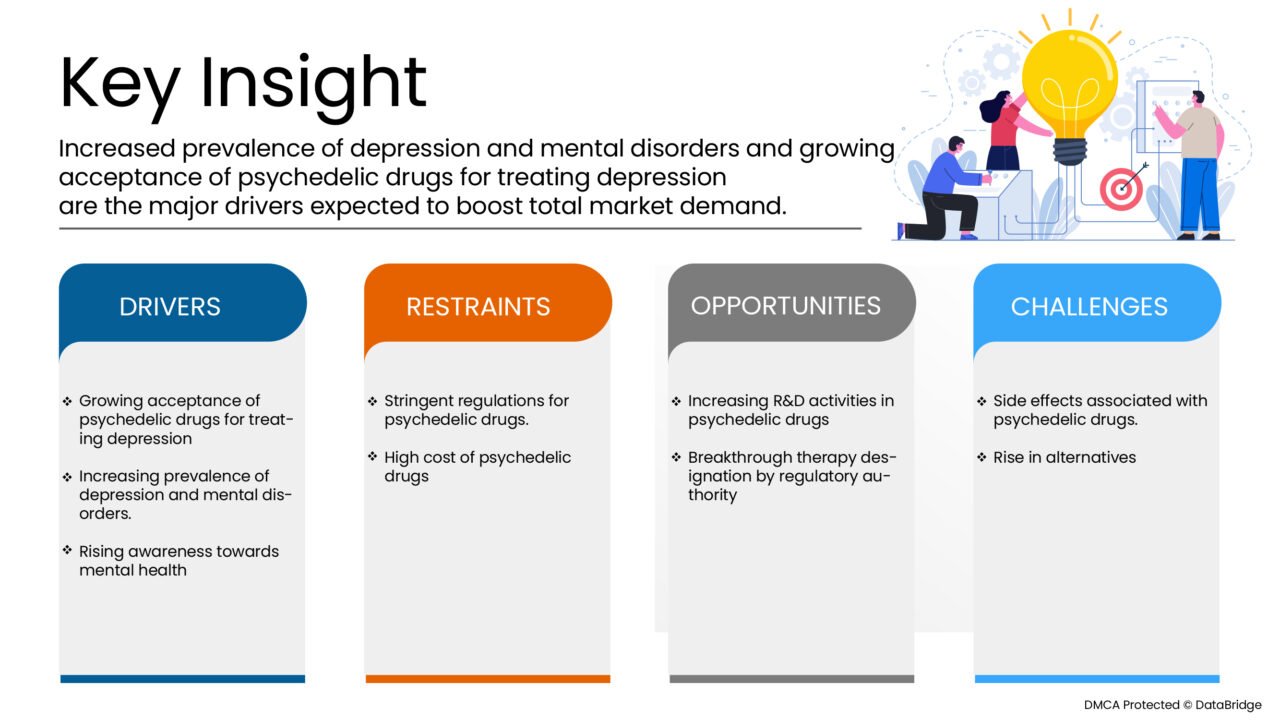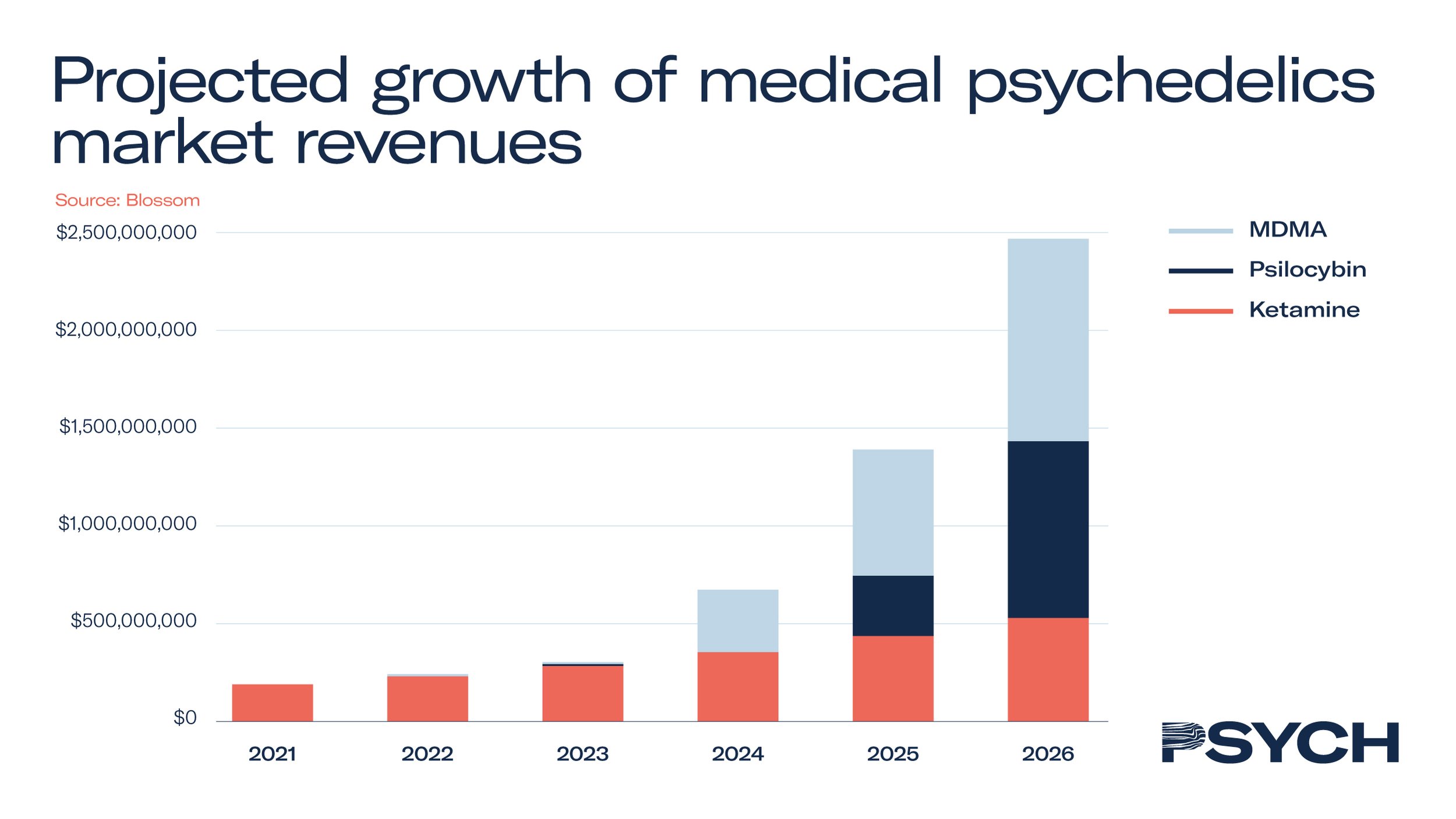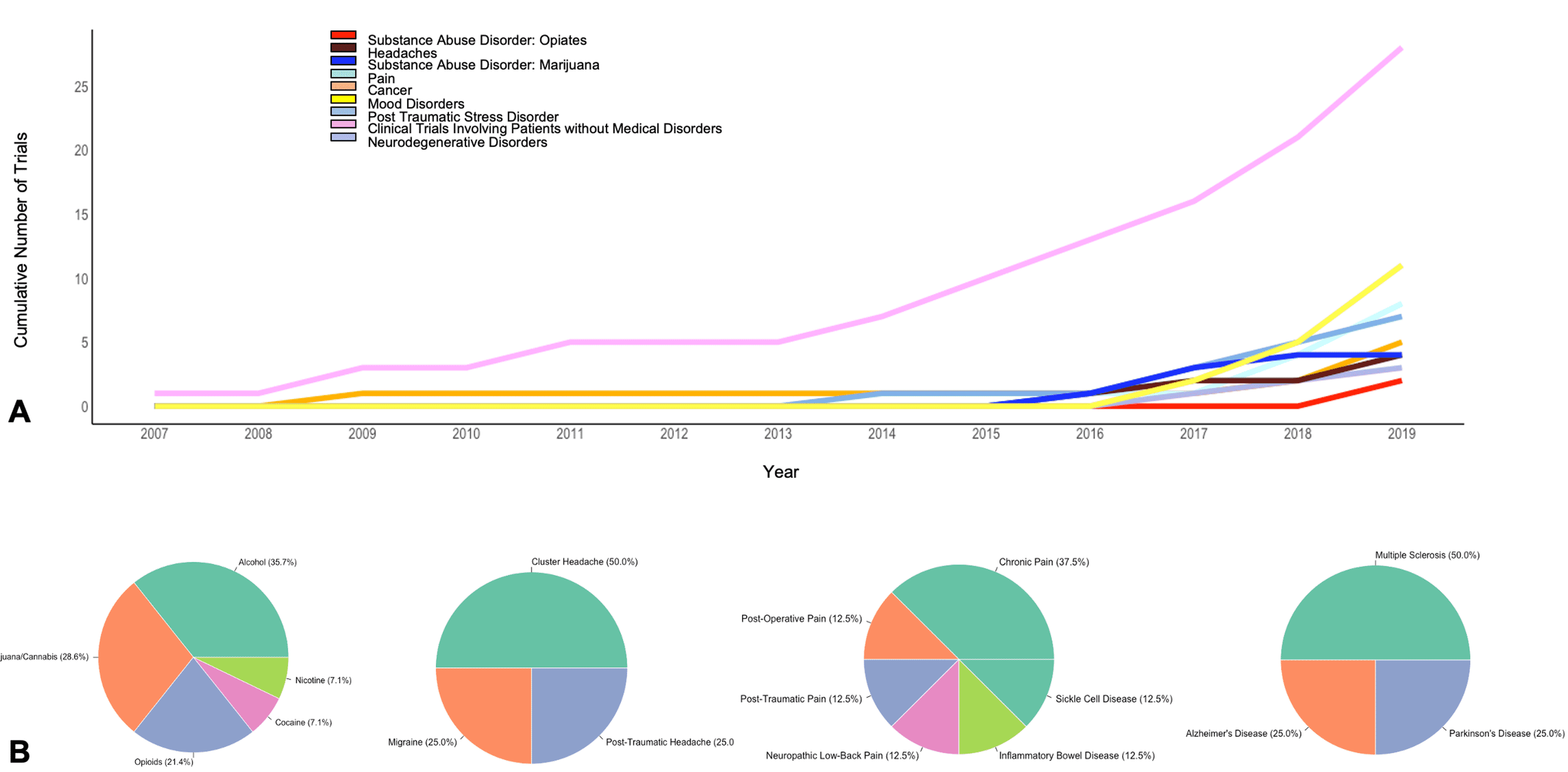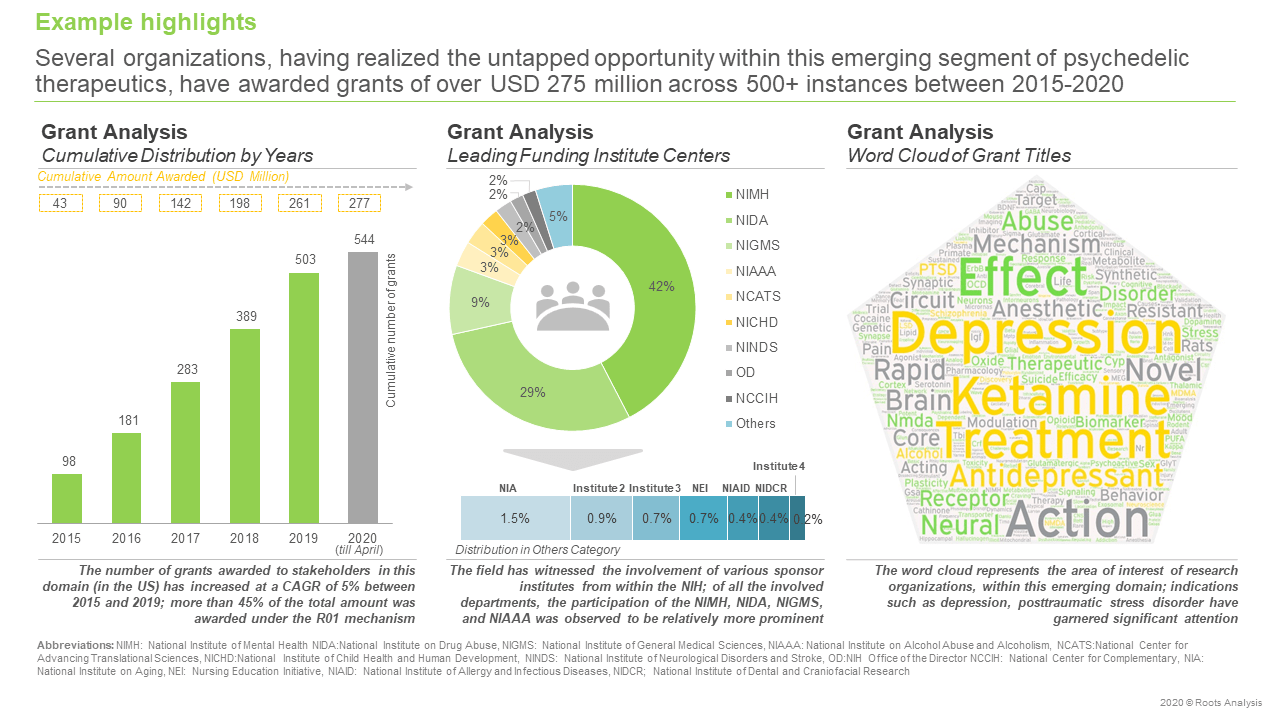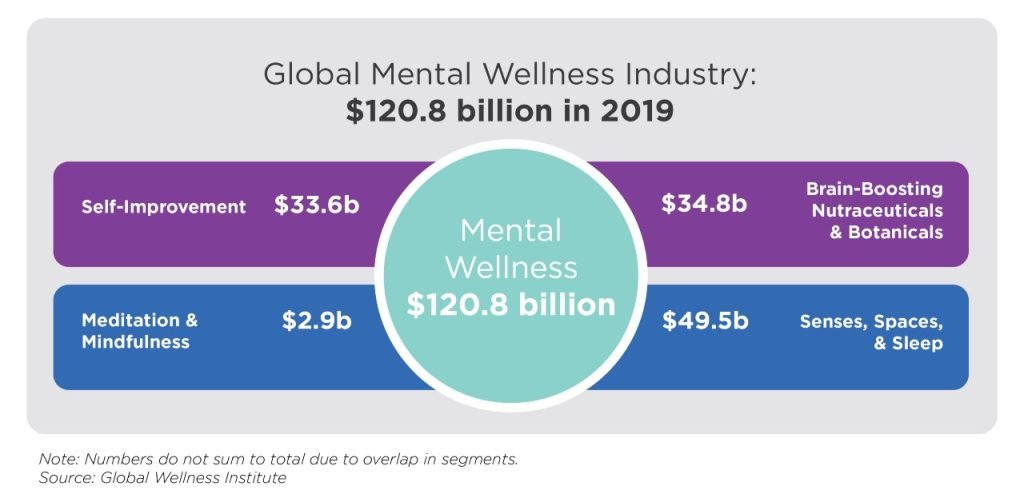The Roots of Traumadelic Culture (or, How To Put the Soul Back Into Psychedelics)
We can trace the roots of Traumadelic Culture right back to the very beginning of the Western psychedelic revival.
The term “psychedelic” was first proposed in 1956 by Humphrey Osmond, an English psychiatrist who was studying the use of LSD and mescaline in the treatment of schizophrenia and alcoholism. He wrongly translated psychedelic as meaning “mind manifesting,” displaying his bias toward a neurochemical cause and effect theory of disease.
The Greek word psyche is more correctly translated as “soul” or “spirit,” and “delos” means “to reveal or manifest.” So from the very beginning of the West’s use of psychedelics for therapeutic purposes, there’s been an obscuring of the spiritual and religious potential of psychedelics.
The term “entheogenic,” which was proposed as a better alternative by Carl Ruck and others in the late 1970s, is usually defined as “awakening the god within” which reflects the New Age focus on interior, individual experience. Typically within indigenous use of psychotropic plants and fungi, they serve as a medium which enables the shaman to travel out of his body to the spiritual realm or other geographic locations to acquire information or negotiate with entities.
In contrast to the Western approach that is focused on individual health and healing, the indigenous shaman works on behalf of other members of the community or the community-at-large, not for himself. In fact, the traditional shaman often undergoes great suffering in service to the human community or spiritual realm.
The latest psychedelic renaissance has taken place at a time when the dominant narrative of psychotherapy says that childhood trauma is the root cause of symptoms ranging from anxiety, depression and addiction to physical illnesses such as cancer, multiple sclerosis and autoimmune disease.
Because Western medicine and psychotherapy have run out of options in successfully treating any of these disorders, they’ve turned back to psychedelics as a last ditch effort to maintain a foothold in the consumer marketplace. In an effort to repair the damage done by the first wave of the Psychedelic 60s and capitalize on a growing mental health epidemic, they’re attempting to legitimize psychedelics by pairing them with therapies that are considered scientifically valid, usually cognitive and behavioral therapies. It’s a rational, materialist, secular approach that willfully ignores the healing potential of the numinous, religious experience that these substances can invoke.
Putting Psychedelics Back Into The Hands of Soul Doctors
Carl Jung considered the experience of the numinous, by which he meant the feelings of awe invoked by an encounter with the divine or holy, to be the only therapy that can cure what truly ails us.
But placing an emphasis on the numinous experience would take psychedelics out of the hands of psychopharmacology and the doctors who prescribe them and place them back where they belong: in the realm of the real psychiatrists (literally “soul doctors”) — the shaman, priests and priestesses.
Marie-Louise von Franz, Jung’s longtime student and heir, wrote in the book Psychotherapy:
“The main interest of my work,” writes Jung, “is not concerned with the treatment of neurosis but rather with the approach to the numinous. But the fact is that the approach to the numinous is the real therapy and inasmuch as you attain to the numinous experiences, you are released from the curse of pathology. Even the very disease takes on a numinous character.” This citation cites everything of essential importance about a Jungian analysis. If it is not possible to establish a relationship with the numinous, no cure is possible; the most one can hope for is an improvement in social adjustment. But then, what is left for the analyst to do?”
Psychotherapy, Shambala Press, 1990
When we allow psychedelics to be co-opted by Western therapies, which are focused merely on “improving social adjustment,” we lose what Jung would argue is essential to their real healing potential: the ability to foster a relationship with the numinous, that great mystery that causes the mind to tremble with awe and defeats the ego, rather than inflating it with stories of “my trauma,” “my healing,” etc.
How many psychedelic therapies place their focus on “attaining to the numinous experience” or at the very least, recovering positive, life-affirming and inspiring memories from childhood, rather than the ones perceived to be traumatic? I can tell you from my experience over the past ten years consulting with hundreds of people who are engaged in some form of psychedelic therapy, the vast majority of them entered into the psychedelic experience seeking to uncover traumatic childhood experiences, not connect with helping spirits or God.
Saving The Soul of Psychedelics
Western therapy has snatched psychedelics out of the hands of the shaman and has tried to turn them from something that reveals the soul or spirit (psychedelic) into something that reveals only childhood trauma — hence my term “traumadelic.”
The result is that Traumadelic Culture reinforces disempowering narratives of narcissism, victimization and helplessness. The sinister trick is that this approach doesn’t actually heal, it often just keeps re-traumatizing people who then have to keep coming back for more therapy.
“Because the “traumatic” view of early years so controls psychological theory of personality and its development, the focus of our rememberings and the language of our personal story telling have already been infiltrated by the toxins of these theories. Our lives may be determined less by our childhood than by the way we have learned to imagine our childhoods. We are … less damaged by the traumas of childhood than by the traumatic way we remember childhood as a time of unnecessary and externally caused calamities that wrongly shaped us.”
James Hillman, The Soul’s Code
When Hillman wrote this in the mid-1990s, the “traumatic view” was still mostly contained within psychotherapy. But the ubiquitousness of the internet and proliferation of Instagram therapists and YouTube self-help gurus has let the theory out of the therapy room and it’s wreaking havoc on the culture at large.
The phenomenon that UK sociologist Frank Furedi labelled “Therapy Culture” has infected the broader culture with the belief that “life is inherently traumatic.” This idea sets a perfect Kafka-esque trap that feeds and sustains what I’m calling Traumadelic Culture. Your trauma stories are just the appetizer. Your money (and your soul?) is the main dish. The bait of this ingenious trap is the perfectly legitimate and reasonable suffering that most of us experience living in a capitalist “dog eat dog” system.
Are you experiencing anxiety, depression, existential dread and/or addiction? Don’t worry, therapy can help but it’s up to you to “do the work.”
Once you take the bait and start to believe that the problem is within you and that you can solve it with the right combination of therapies, you’re trapped.
If you object to the idea that your adult problems are caused by childhood trauma, you’re showing “resistance.” If you say you’ve had a happy childhood, you’re obviously “in denial” about the trauma you inevitably suffered.
If you assert some other cause — like, oh, I don’t know, increasing financial insecurities, anxieties about nuclear war, or devastation of the natural world — you’re clearly “bypassing” and not “doing the (read: your) work.”
The solution? Stronger therapies that will help you “break through” your “resistence.”
Anti-anxiety meds not working? Have you tried ayahuasca? Didn’t help? Still depressed? How about 5 meo DMT? Still unhappy? You must be too blocked for “the medicine” to work. Take some frog poison to have a good physical and energetic purge, and then give the mushrooms a try.
If that still doesn’t work, we can try some Reiki while you’re on a ketamine drip and Carlos here blows tobacco snuff up your ass.
Oh, and don’t forget to do your integration work. Without that, none of this will really make a difference.
Conclusion / TLDR
Let’s return to Jung and von Franz for a moment.
“The fact is that the approach to the numinous is the real therapy and inasmuch as you attain to the numinous experiences, you are released from the curse of pathology.”
“If it is not possible to establish a relationship with the numinous, no cure is possible; the most one can hope for is an improvement in social adjustment. But then, what is left for the analyst to do?”
Before therapy culture co-opted psychedelics, they were the exclusive domain of the shaman, the “doctors of the soul.” But today’s psychiatrists don’t deal with souls, they deal with chemical imbalances, diagnoses and pharmaceutical drugs.
Now under the control of psychiatrists, psychedelics have become tools that support a predatory capitalist system that requires for its survival people who are isolated, infantile and needy — adult-sized but emotionally wounded children who can’t take care of themselves, let alone other people or the world.
Existential dread? Don’t worry, big government and big pharma will take of it.
To paraphrase James Hillman, we’ve had 60 years of psychedelic therapy and the world’s getting worse.
If Jung and the traditional soul doctors who have worked with psychedelics for millennia are correct in their conclusion that the real healing agent is the soul or spirit or god, then that means we need to take them out of the hands of the psychiatrists and give them back to the people who really know how to use them: the shaman, curanderos, medicine men and women.
A sampling of the exciting investment opportunities becoming available as mental health disorders increase, thus boosting total market demand. Should we be celebrating that conventional and psychedelic therapies are a growth industry?
Unfortunately, to do this would further undermine the business of psychotherapy, which is symbiotically tied to pharmaceutical and insurance industries and fed by billions of dollars of government and private funding.
And what would that leave millions of therapists to do? Perhaps they could get back to doing what the word psychotherapiea is supposed to connote — hearing the symptoms of their patients as the cry of a suffering soul and doing their best to care for what ails it, rather than trying to cure the symptoms away.
If we stop searching inside the suffering individual or digging through their personal history for what’s wrong and start looking at the culture that’s making our minds, bodies and souls sick, therapists could help empower patients to become activists rather than passivists, and we all might be able to get on with the real work that needs to be done: not just the work of saving our souls, but saving our planet and perhaps providing something closer to a healthy culture for the children who’ve yet to be born, saving them from having to do the healing work that’s been entrusted to us.
